Joshua Knowles
An adaptive approach to Bayesian Optimization with switching costs
May 14, 2024


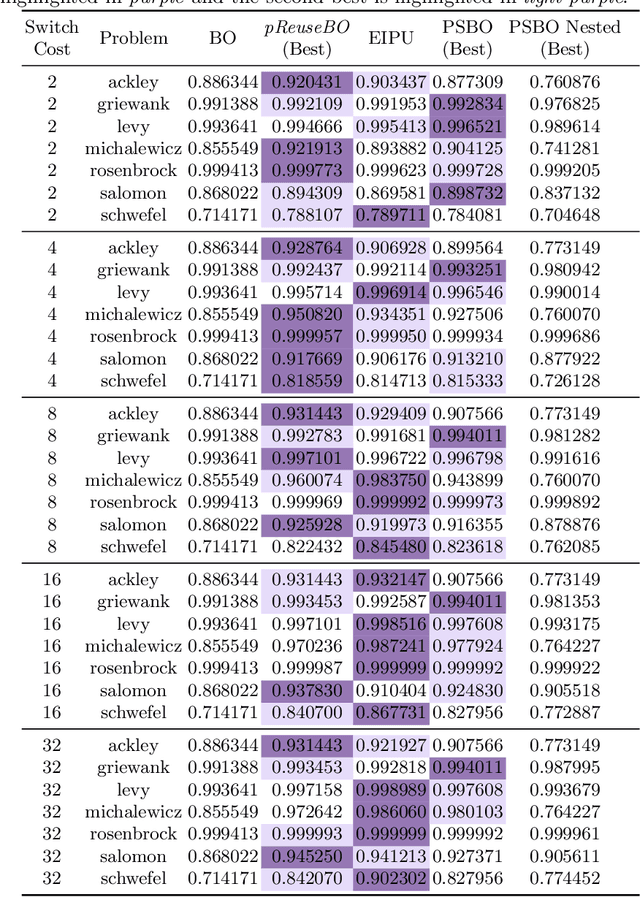
Abstract:We investigate modifications to Bayesian Optimization for a resource-constrained setting of sequential experimental design where changes to certain design variables of the search space incur a switching cost. This models the scenario where there is a trade-off between evaluating more while maintaining the same setup, or switching and restricting the number of possible evaluations due to the incurred cost. We adapt two process-constrained batch algorithms to this sequential problem formulation, and propose two new methods: one cost-aware and one cost-ignorant. We validate and compare the algorithms using a set of 7 scalable test functions in different dimensionalities and switching-cost settings for 30 total configurations. Our proposed cost-aware hyperparameter-free algorithm yields comparable results to tuned process-constrained algorithms in all settings we considered, suggesting some degree of robustness to varying landscape features and cost trade-offs. This method starts to outperform the other algorithms with increasing switching-cost. Our work broadens out from other recent Bayesian Optimization studies in resource-constrained settings that consider a batch setting only. While the contributions of this work are relevant to the general class of resource-constrained problems, they are particularly relevant to problems where adaptability to varying resource availability is of high importance
A Block-Coordinate Descent EMO Algorithm: Theoretical and Empirical Analysis
Apr 11, 2024Abstract:We consider whether conditions exist under which block-coordinate descent is asymptotically efficient in evolutionary multi-objective optimization, addressing an open problem. Block-coordinate descent, where an optimization problem is decomposed into $k$ blocks of decision variables and each of the blocks is optimized (with the others fixed) in a sequence, is a technique used in some large-scale optimization problems such as airline scheduling, however its use in multi-objective optimization is less studied. We propose a block-coordinate version of GSEMO and compare its running time to the standard GSEMO algorithm. Theoretical and empirical results on a bi-objective test function, a variant of LOTZ, serve to demonstrate the existence of cases where block-coordinate descent is faster. The result may yield wider insights into this class of algorithms.
Cooperative Multi-Agent Search on Endogenously-Changing Fitness Landscapes
Jun 28, 2022



Abstract:We use a multi-agent system to model how agents (representing firms) may collaborate and adapt in a business 'landscape' where some, more influential, firms are given the power to shape the landscape of other firms. The landscapes we study are based on the well-known NK model of Kauffman, with the addition of 'shapers', firms that can change the landscape's features for themselves and all other players. Our work investigates how firms that are additionally endowed with cognitive and experiential search, and the ability to form collaborations with other firms, can use these capabilities to adapt more quickly and adeptly. We find that, in a collaborative group, firms must still have a mind of their own and resist direct mimicry of stronger partners to attain better heights collectively. Larger groups and groups with more influential members generally do better, so targeted intelligent cooperation is beneficial. These conclusions are tentative, and our results show a sensitivity to landscape ruggedness and "malleability" (i.e. the capacity of the landscape to be changed by the shaper firms). Overall, our work demonstrates the potential of computer science, evolution, and machine learning to contribute to business strategy in these complex environments.
Population fluctuation promotes cooperation in networks
May 09, 2016



Abstract:We consider the problem of explaining the emergence and evolution of cooperation in dynamic network-structured populations. Building on seminal work by Poncela et al, which shows how cooperation (in one-shot prisoner's dilemma) is supported in growing populations by an evolutionary preferential attachment (EPA) model, we investigate the effect of fluctuations in the population size. We find that the fluctuating model is more robust than Poncela et al's in that cooperation flourishes for a wide variety of initial conditions. In terms of both the temptation to defect, and the types of strategies present in the founder network, the fluctuating population is found to lead more securely to cooperation. Further, we find that this model will also support the emergence of cooperation from pre-existing non-cooperative random networks. This model, like Poncela et al's, does not require agents to have memory, recognition of other agents, or other cognitive abilities, and so may suggest a more general explanation of the emergence of cooperation in early evolutionary transitions, than mechanisms such as kin selection, direct and indirect reciprocity.
* Published in Nature Scientific Reports 2015
Rapid Skill Capture in a First-Person Shooter
Nov 06, 2014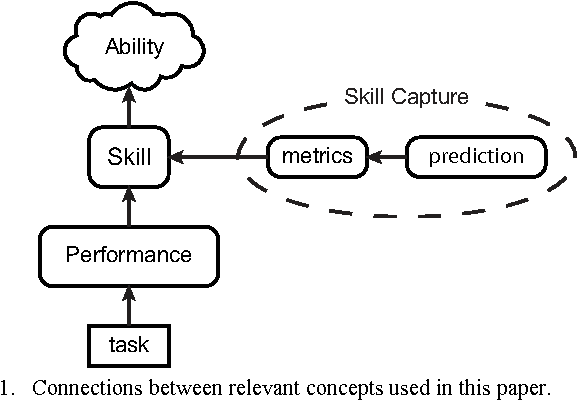
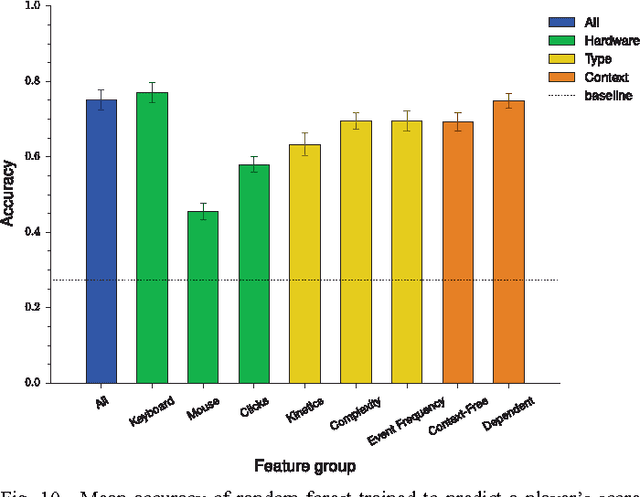
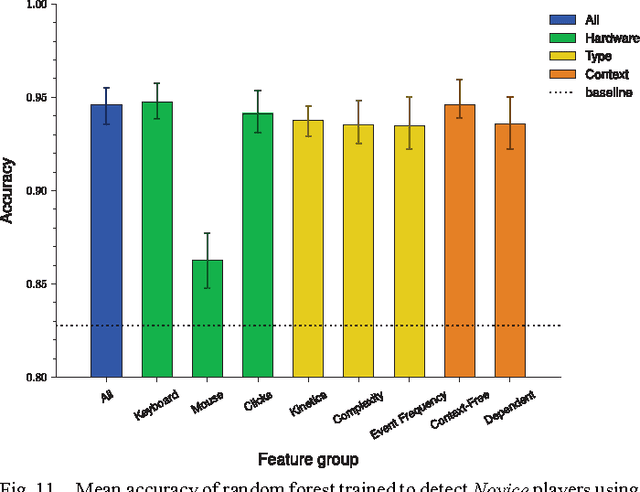
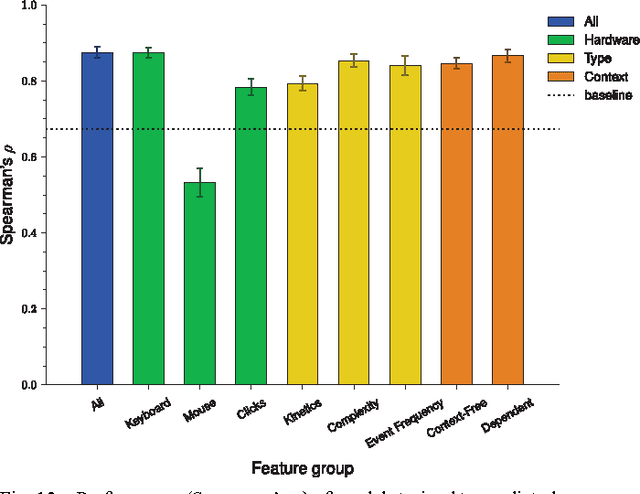
Abstract:Various aspects of computer game design, including adaptive elements of game levels, characteristics of 'bot' behavior, and player matching in multiplayer games, would ideally be sensitive to a player's skill level. Yet, while difficulty and player learning have been explored in the context of games, there has been little work analyzing skill per se, and how it pertains to a player's input. To this end, we present a data set of 476 game logs from over 40 players of a first-person shooter game (Red Eclipse) as a basis of a case study. We then analyze different metrics of skill and show that some of these can be predicted using only a few seconds of keyboard and mouse input. We argue that the techniques used here are useful for adapting games to match players' skill levels rapidly, perhaps more rapidly than solutions based on performance averaging such as TrueSkill.
Techniques for Highly Multiobjective Optimisation: Some Nondominated Points are Better than Others
Aug 20, 2009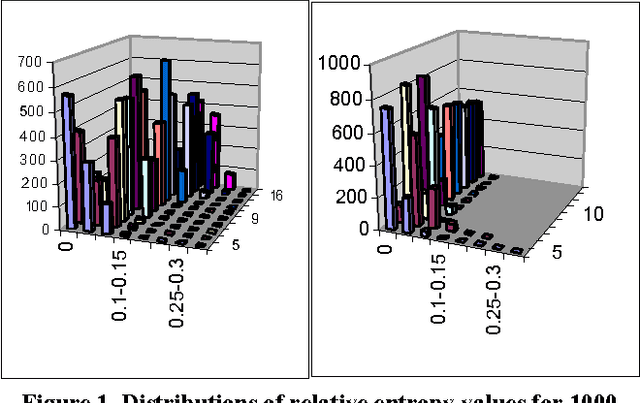
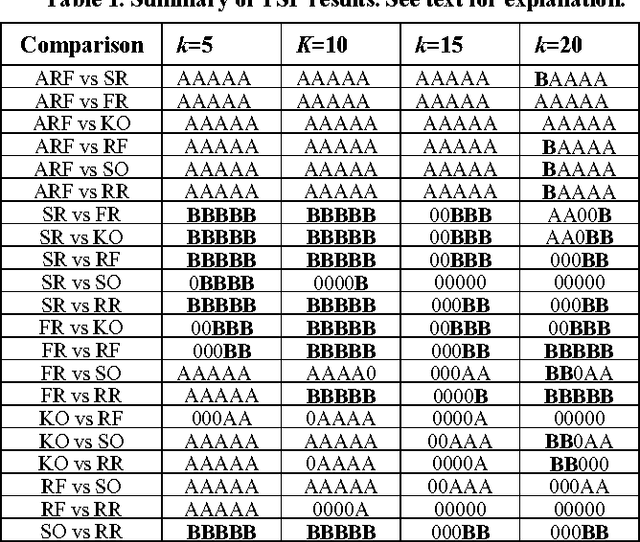
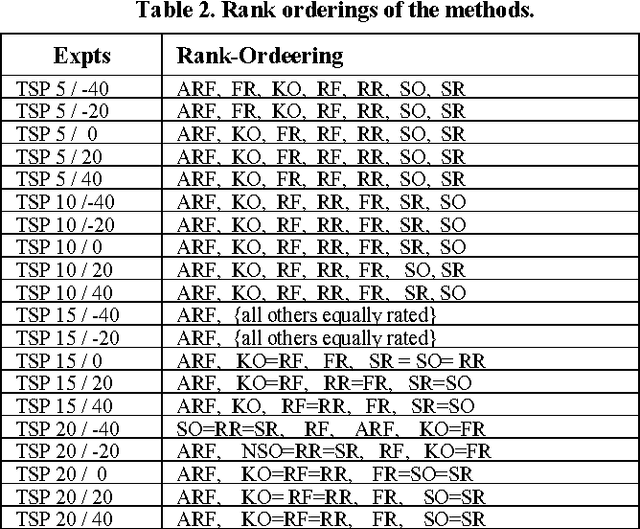
Abstract:The research area of evolutionary multiobjective optimization (EMO) is reaching better understandings of the properties and capabilities of EMO algorithms, and accumulating much evidence of their worth in practical scenarios. An urgent emerging issue is that the favoured EMO algorithms scale poorly when problems have many (e.g. five or more) objectives. One of the chief reasons for this is believed to be that, in many-objective EMO search, populations are likely to be largely composed of nondominated solutions. In turn, this means that the commonly-used algorithms cannot distinguish between these for selective purposes. However, there are methods that can be used validly to rank points in a nondominated set, and may therefore usefully underpin selection in EMO search. Here we discuss and compare several such methods. Our main finding is that simple variants of the often-overlooked Average Ranking strategy usually outperform other methods tested, covering problems with 5-20 objectives and differing amounts of inter-objective correlation.
* 8 pages, 2 tables
 Add to Chrome
Add to Chrome Add to Firefox
Add to Firefox Add to Edge
Add to Edge